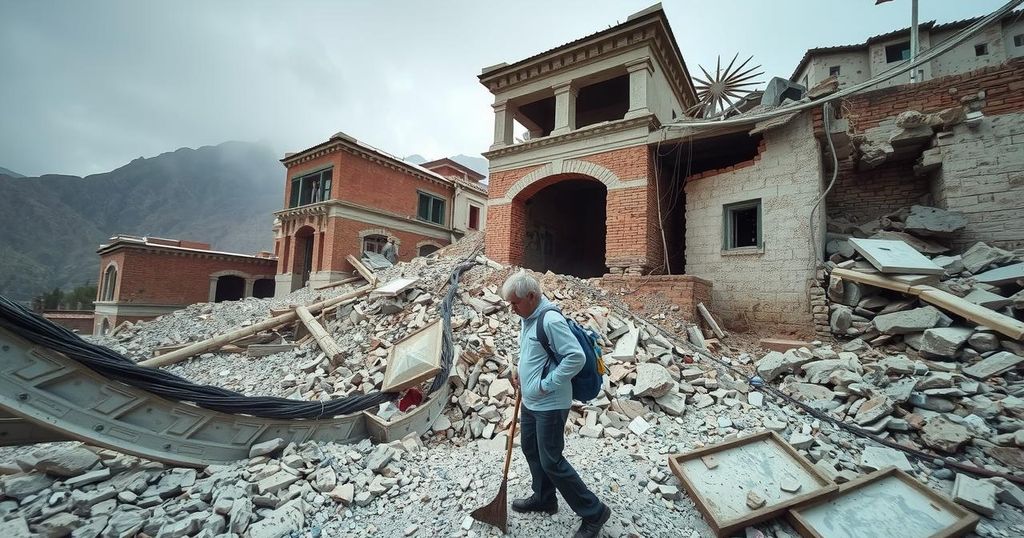Devastating Earthquake in Tibet Claims Lives and Destroys Infrastructure
A 7.1 magnitude earthquake struck Tibet on January 7th, resulting in at least 126 fatalities and the destruction of over 3,600 buildings. With ongoing rescue efforts, more than 400 survivors have been rescued; however, challenges such as freezing temperatures and aftershocks continue to complicate these operations.
On January 7th, a powerful 7.1 magnitude earthquake struck Tibet, resulting in significant devastation. The earthquake’s epicenter was located in Dingri County, approximately 50 miles from Mount Everest’s base, near the sacred city of Shigatse. Tragically, the quake has claimed the lives of at least 126 individuals and left a trail of destruction, with more than 3,600 buildings reported destroyed. Rescue operations are underway, with thousands of rescue workers deployed to locate survivors, and over 400 individuals have been successfully extricated from the debris, as reported by Chinese state media. However, ongoing challenges persist, including severe weather conditions and continuous aftershocks, some of which have measured above 4.0 in magnitude.
The recent earthquake in Tibet highlights the region’s vulnerability to seismic activity, particularly given its proximity to the tectonic plate boundaries associated with the Himalayas. The earthquake has occurred in a historical context of geological instability in the area, which impacts not only the immediate population but also the broader geopolitical landscape, considering the close proximity to borders with Nepal and India. The humanitarian situation has drawn international attention, emphasizing the urgent need for coordinated rescue efforts amidst challenging environmental conditions.
In conclusion, the January 7th earthquake in Tibet has resulted in substantial human and material loss, underscoring the need for effective emergency response to address the situation’s immediate repercussions. The concerted efforts of rescue teams are critical in alleviating the suffering of those affected, as the region grapples with ongoing geological threats. This calamity serves as a reminder of the inherent risks faced by communities situated in seismically active zones.
Original Source: www.economist.com




Post Comment